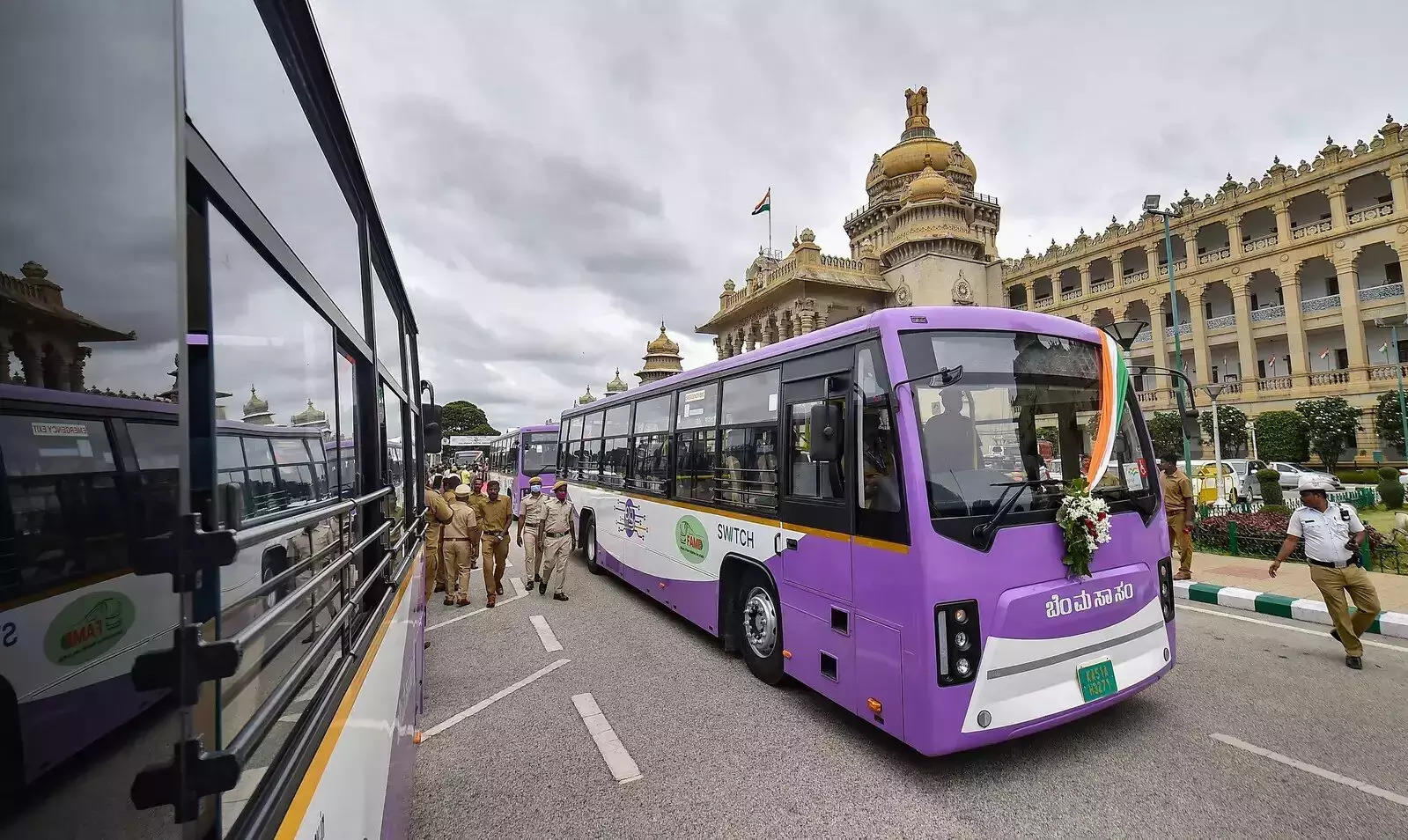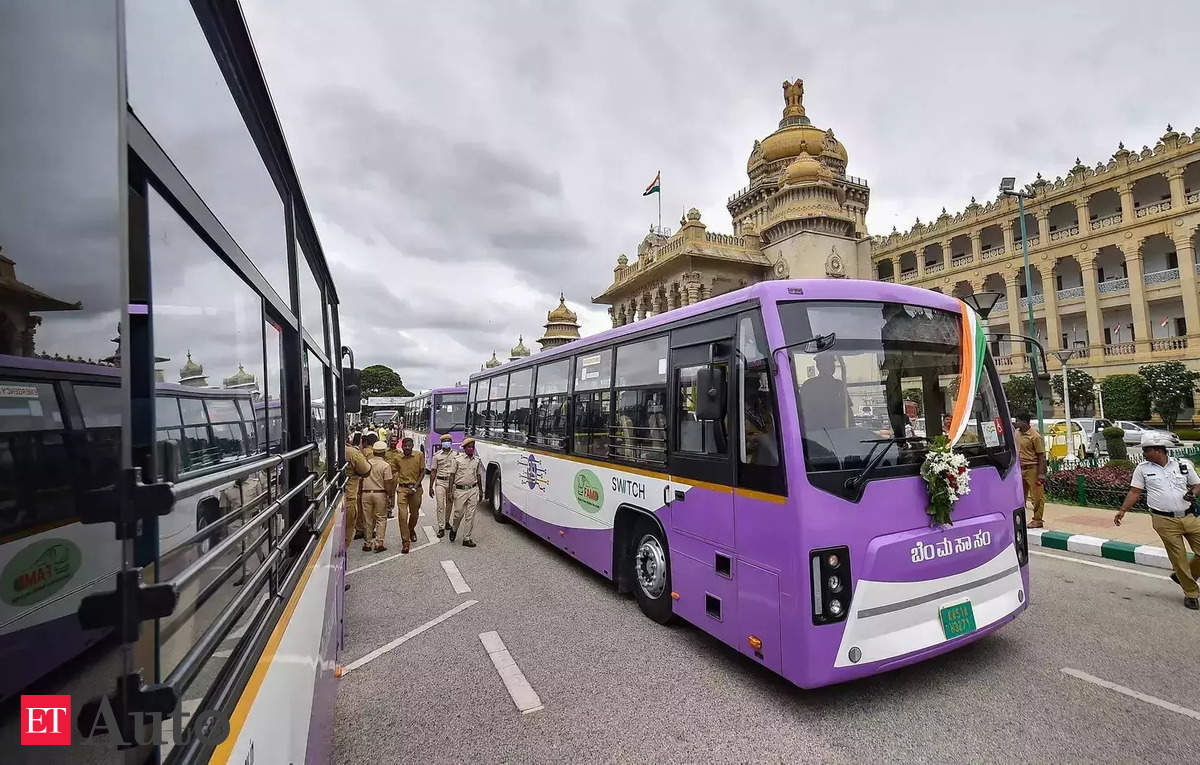
With an increasing demand for Metro train services, the Bangalore Metropolitan Transport Corporation (BMTC) has unveiled plans to expand Metro feeder services to 300. In response to the growing need for improved last-mile connectivity, BMTC intends to introduce 9-meter-long buses for use as feeder services.
A senior BMTC official stated, “We intend to brand the nine-meter midi metro feeder buses uniquely. Currently, we provide 9-meter non-AC 120 electric buses for use on metro feeder lines as part of the national clean air initiative. In addition to the 121 metro transports currently in operation, we will introduce 179 extra buses by the end of April 2024, thereby taking the total number of feeder services to 300.”
Currently, BMTC operates 5,596 schedules, covering 57,463 trips, spanning 11.37 lakh km, with an average of 43 lakh passengers travelling daily. BMTC operates within and 25 km beyond BBMP jurisdiction areas. “With the Metro network expanding to 73.81 kilometres, there is a growing demand to provide metro rail passengers with first and last-mile connections.
Hence, BMTC is running metro feeder services. For the convenience of metro passengers, 121 schedules are currently operating a total of 1,874 metro feeder trips on 30 routes from different metro stations in the city. Now, we have introduced two MF-21 routes through 44 trips, starting from BTM Layout to Banashankari. In the future, BMTC plans to expand the Metro feeder services,” added an official.
However, commuters argue that this is not enough. “It is good that BMTC is operating a feeder service. However, we know the feeder services operate only on main roads, and people may have to walk a few kilometres inside to reach their homes. If we depend on autos or cabs, it costs a bomb.
Sometimes, we feel that it is not feasible to use services like Metro if there is no last-mile connectivity as we end up paying more to reach home to Metro station and vice versa. So, it is high time the government should look at providing shared auto services so that it is economical for the commuters and beneficial for the auto drivers,” said Radha Aradhya, a resident of Peenya. Girish Shetty, a resident of Konanakunte, said, “Currently, there is no provision for shared auto services. The auto can accommodate only three commuters, and if a shared auto facility is made, there could be misuse of the services as they can try to rope in more customers than its capacity.
So, the government should look at the practice followed in some small cities like Dehradun, where there are local autos that are wider than the Bengaluru autos and can accommodate a few more passengers. The regulation of passengers should be made by the transport and police department so that the autos don’t carry too many people. If these practices are in place, then it will be beneficial for the commuters as they need not pay too much. The government can also look at promoting electric autos so that it is environmentally friendly.”









